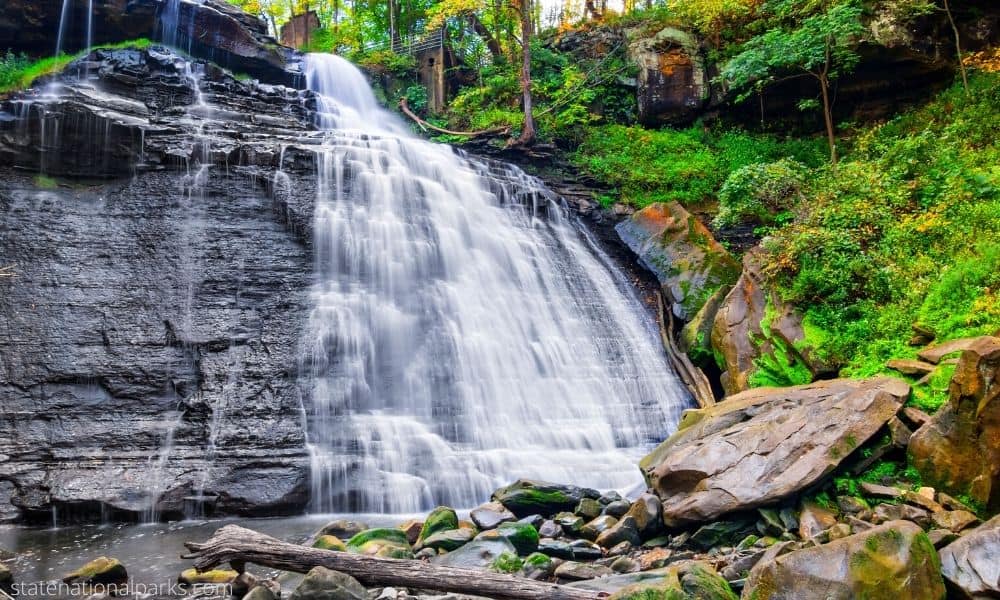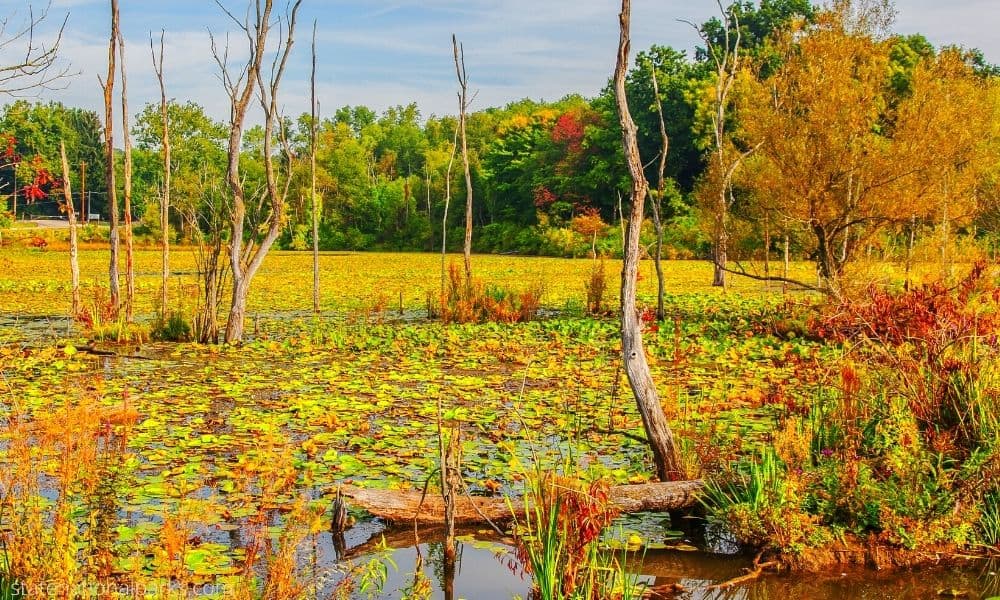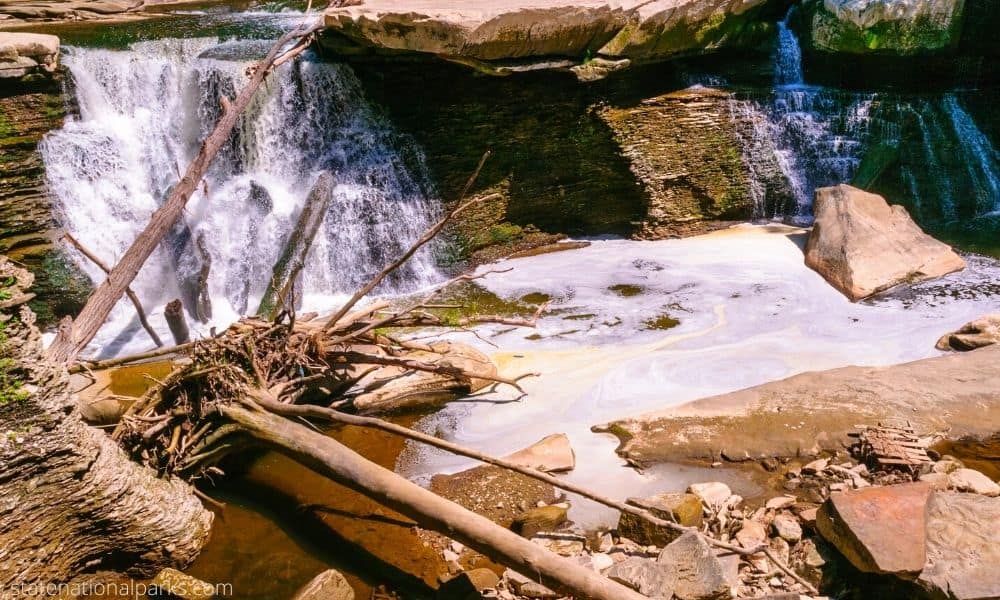 Cuyahoga Valley National Park is in northeast Ohio just south of the village of Cleveland. It is located in the northeast corner of the state and is bordered by Lake Erie to its west, the Scioto River to its east, and the Mississippi River to its south. The Cuyahoga Valley boasts the country’s largest rainforest. More than five million acres of forests, including the Cedar Hills and the Cedar Point National Recreation Area, make up the park.
Cuyahoga Valley National Park is in northeast Ohio just south of the village of Cleveland. It is located in the northeast corner of the state and is bordered by Lake Erie to its west, the Scioto River to its east, and the Mississippi River to its south. The Cuyahoga Valley boasts the country’s largest rainforest. More than five million acres of forests, including the Cedar Hills and the Cedar Point National Recreation Area, make up the park.
The park features numerous trails, many of which are open to hiking and biking. One of these trails, the Trail to the Edge of Day, provides spectacular views over the forest canopy. Other trails include the Gateway National Recreation Trail, the Olockeys Trail, and the Cedar Point Picnic Area. Another popular attraction within the park is the Cedar Point Ampitheater, which serves as an outdoor concert hall each year. Other activities include trips on the tramway, trips on the Wild Water Ride, trips on the cable car, camping, cabin cruises, and trips on the Skywalk.
One of the most popular attractions within the park is the Hale Farm visitor center. The Hale Farm visitor center offers information about the history of the area as well as tours of some of its landmarks. One tour allows participants to ride a railroad past one of the concession stations on Hale Farm. Others include trips on the cable car that runs along the Ohio River. Another attraction at Hale Farm is the Cedar Point Ampitheater.
The park’s biggest draw is the region’s legendary amusement park, Cedar Point. Located on the banks of the river at the base of the Statue of Liberty, Cedar Point Ampitheater is the largest water amusement park in the U.S.A. The park features a large number of rides for rafting, climbing on a raft, or simply relaxing at a comfort station. For those who want to get wild, the park also offers several opportunities for zip lining and sky diving.
Another popular attraction in the Cuyahoga Valley National Park is the picturesque Riding Trail. The riding trail is available for both hikers and bikers. The trail begins at the Hualapai Native Village and heads southwestward past Olompali State Park. At the end of the trail, you will encounter the seasonal Olompali Spring, a natural reservoir fed by snow and gushing from the nearby Olompali Creek.
Another popular Cuyahoga Valley National Park landmark is the historic Seven Hills Lodge, previously a summer home to two U.S. Presidents. The lodge is on a grassy knoll between Seven Hills Road and the ADA parking area. The lodge is built of red brick and is surrounded by lush, manicured garden soil. The interior has wood-burning fireplaces, bathrooms, and a cozy fireplace. The grounds are lined with beautiful flowers and trees. Those visiting the park can take a tour of the historic Seven Hills Lodge and learn more about the history of the area as well as local Native American tribes.
Cuyahoga Valley National Park is located in northeast Ohio and is characterized by its rolling hills, waterfalls, and the Cuyahoga River. The park has a humid continental climate, which means that it experiences four distinct seasons. Here is an overview of the weather patterns in Cuyahoga Valley National Park:
Summer: Summers in Cuyahoga Valley National Park are warm and humid, with average temperatures ranging from the mid-60s to mid-80s Fahrenheit (18-29 degrees Celsius). Thunderstorms are common during the summer months, and visitors should be prepared for occasional heavy rainfall.
Fall: Fall in Cuyahoga Valley National Park is mild and pleasant, with cooler temperatures and lower humidity than the summer months. Temperatures typically range from the mid-40s to mid-60s Fahrenheit (7-18 degrees Celsius). Fall foliage is a popular attraction in the park, with trees turning a variety of colors in late September and early October.
Winter: Winters in Cuyahoga Valley National Park are cold and snowy, with average temperatures ranging from the mid-20s to mid-30s Fahrenheit (-4 to 1 degree Celsius). Snowfall is common, and the park is popular for winter sports such as cross-country skiing and snowshoeing.
Spring: Spring in Cuyahoga Valley National Park is mild and wet, with temperatures ranging from the mid-40s to mid-60s Fahrenheit (7-18 degrees Celsius). Rainfall is common, and occasional snow showers can occur in early spring.
It’s important to note that weather conditions in Cuyahoga Valley National Park can be unpredictable, and visitors should come prepared for a range of weather conditions. Summer visitors should be aware of the risk of thunderstorms and should take precautions against lightning strikes. Winter visitors should be prepared for cold temperatures and snowy conditions, and should bring appropriate gear for outdoor activities in the snow. It’s also a good idea to check weather forecasts before visiting the park and to be aware of any weather-related closures or restrictions.